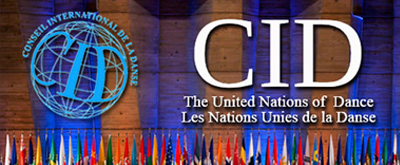What Is Tillana? Write The Pallavi And Anupallavi Of This Dance.
Tillana: It is the concluding piece of any bharatnatyam recital and is purely a nritta number ending with a short line of Sahityam. In terms of movements, Tillanas have designs in space along straight lines, diagonals, triangles and rectangles. The outstretched arm positions, leg extensions, bhramaris, the pirouettes etc give the tillanas a certain dynamic quality. The […]


